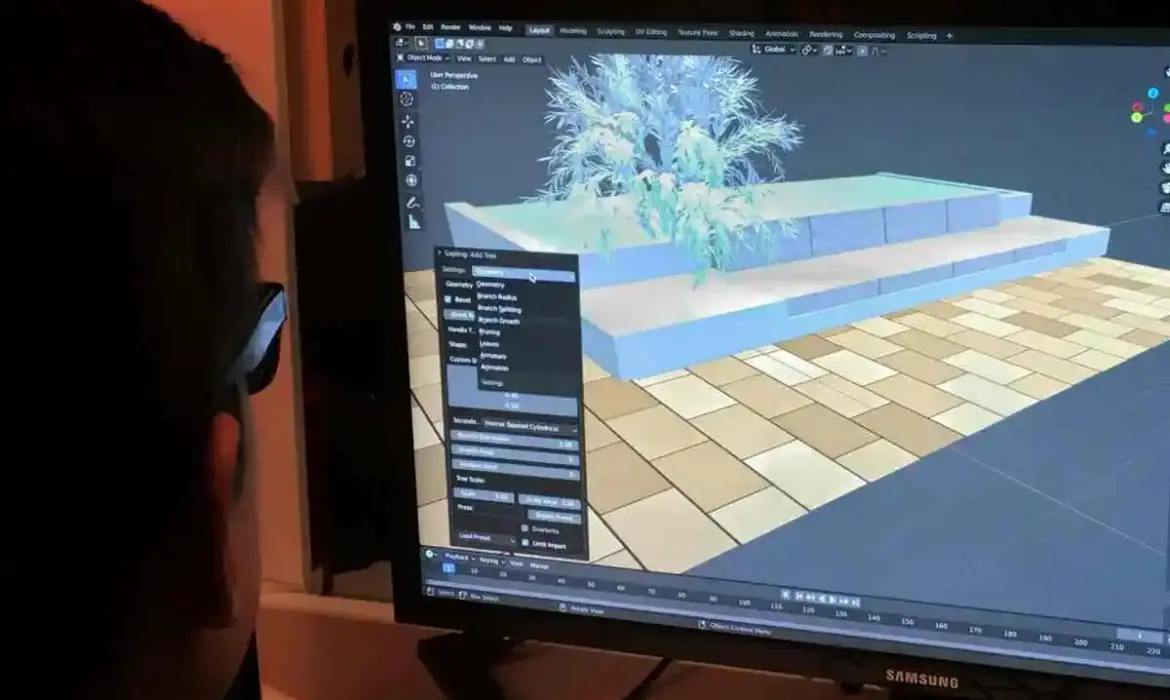Have you ever wished you could see exactly what your new product would look like without waiting for it to be physically made or organizing a photoshoot?
Well, thanks to advanced technology and 3D rendering
, you can.Now, whenever you’re launching a new line, instead of shipping samples to a studio, hiring a photographer, and doing countless retakes to get the perfect shot, you can create a digital 3D model of your product and cut your effort in half.
Using specialized software, you bring that model to life and show potential customers every detail.
Curious to learn more about 3D rendering and the positive effect it can have on your business?
Keep reading
What is 3D Rendering and How Does it Work?
3D rendering is the process of creating realistic images or animations from an existing digital 3D model using specialized software.
With 3D rendering, clients can see a true-to-life representation of a product before production, which can also easily be tweaked to support changing design decisions.
The Process Behind 3D Product Visualization
The 3D product visualization process can vary slightly depending on what’s being built, but there are a few steps most designs cover, including:
Concept and reference gathering, where the artists start with sketches, photos, or design files of the product to understand its shape and details;
3D product modeling comes next, where the 3D model of the product is created using specialized software;
Texturing and materials are then added to the product, along with applying colors and surface details that represent materials like wood, metal, fabric, or plastic;
Virtual lights are added from different angles to simulate real-world lighting conditions to mimic how the product would look in various environments;
3D rendering comes next, where a powerful computer processes the models, materials, and lighting to generate a final image or animation;
Post-processing is the final step where the 3D artist makes final adjustments, like color correction or background changes, to improve the presentation.
Of course, some projects don’t follow the same step-by-step list, as each is unique in scope, budget, and deliverables. To get a gist of what the process would look like for your specific project, contact our team for a free consultation and a short walkthrough.
Key Differences Between 3D Rendering and Photography
3D rendering and photography are both popular methods used to create visual content for products, but each has its own strengths and applications.
Here are some of the key differences you need to know to choose the right approach for your project:
| Key aspect | 3D rendering | Photography |
|---|---|---|
| Customization | Full control over lighting, materials, and angles; can make changes without reshooting. | Limited by physical conditions; changes require new photoshoots. |
| Cost | Higher initial setup costs, but cost-effective for multiple versions and angles. | Lower initial setup costs, but recurring costs for studio, equipment, and reshoots. |
| Pre-production visualization | Can create visuals of products before they physically exist. | Can only capture existing physical products. |
| Realism | Highly realistic, though it can appear computer-generated. | Captures real products and offers natural images. |
| Time efficiency | Quick generation of new images once the 3D model is created. | Requires setup and shooting again for each variation. |
| Variation creation | Change models, environments, lighting, materials, etc., fast and with no extra costs. | Variations need new production and reshoots; adds costs. |
| Creative freedom | Any environment, lighting, or angle — even impossible ones IRL. | Limited by location, lighting, and real-world constraints. |
| Limitations | Requires specialized skills/software; longer initial production time. | Constrained by weather/location/lighting; higher costs for retakes. |
Why Businesses are Switching to 3D Rendering
Businesses are switching to 3D rendering over traditional photography because of the many advantages in flexibility, cost, and speed. In fact, 3D rendering is becoming so prevalent in various niches that the entire industry is projected to be worth $32.6 billion by 2032.
While there are many benefits to 3D rendering, here are the top two worth switching for:
- Cost savings on photoshoots: Using 3D rendering means you won’t need repeated physical photoshoots. In turn, this cuts your expenses on studio rentals, equipment, and staffing. Once you create a 3D model, you can generate multiple images or variations without any extra costs.
- Flexibility in product presentation: If you’re not sure how to best present your product, you can use 3D rendering to customize product visuals, including color, texture, design, lighting, and angle changes. With this flexibility, your business can showcase tailored presentations for different markets or campaigns without putting together and tearing down physical setups
Choosing the Right 3D Rendering Partner
If you’ve determined that 3D rendering is a good choice for your business, you’ve got another tough choice ahead: choosing a reliable partner that can get the job done well.
So, what do you do?
Well, first, we recommend making a list of companies/agencies that demonstrate strong technical skills and a proven track record of delivering high-quality results. Make sure you look for expertise in advanced rendering software, attention to detail, and the ability to create photorealistic settings and images.
Other qualities you should look for in a 3D partner include:
- Communication and collaboration to make sure they understand your vision
- Timely delivery and adherence to deadlines so that your projects are on schedule
- Comprehensive service offering that includes the full package, not just 3D rendering
And since 3D rendering is highly specialized, industry-specific experience and knowledge can make a big difference in the quality and effectiveness of the visuals.
So, if you can, choose a partner familiar with your industry’s standards and consumer expectations.
For example, our agency’s clients are largely in the furniture sector, so our expertise is in understanding wood textures, fabric finishes, and design aesthetics relevant to furniture marketing. This expertise also means we can accurately represent your products and appeal to your audience with the final renders.
Of course, if an otherwise good agency isn’t specialized in your industry, it doesn’t mean they can’t do a good job.
In the end, what’s most important is doing your due diligence, researching the companies, and asking for a consultation or a project overview from your top choices.
FAQs
3D rendering and 3D modeling are closely related acts, but represent different stages in the digital design process. 3D modeling is the stage where you create an object in a three-dimensional space, which includes building the geometry of the object, its structure, surfaces, and details with specialized software. 3D rendering, on the other hand, is the stage that comes after modeling and focuses on the presentation. Rendering means applying materials, colors, textures, lighting, reflections, and shadows to the previously created 3D model, then generating a final image or animation. In a way, it’s sort of like photography - the object is already built, but you need the camera, the lighting, and the finishing touches to make it come to life.
Many industries can benefit from 3D rendering services because they help customers visualize ideas before they exist in the real world. In short, it’s useful for industries that focus on presentation, including architecture and real estate, product design and manufacturing, advertising, entertainment and media, automotive and aerospace, healthcare and medical visualization, and fashion and e-commerce.
Yes, 3D rendering can be more cost-effective than photography because you don’t need physical products, prototypes, or photo shoots. Once an artist creates a 3D model, your business can reuse it to produce unlimited variations of the product in different colors, materials, or settings, without any extra costs. On the other hand, if you choose photography, you’ll also need to pay for a set, lighting, models, and new shoots for every product change, which can add up quickly.


